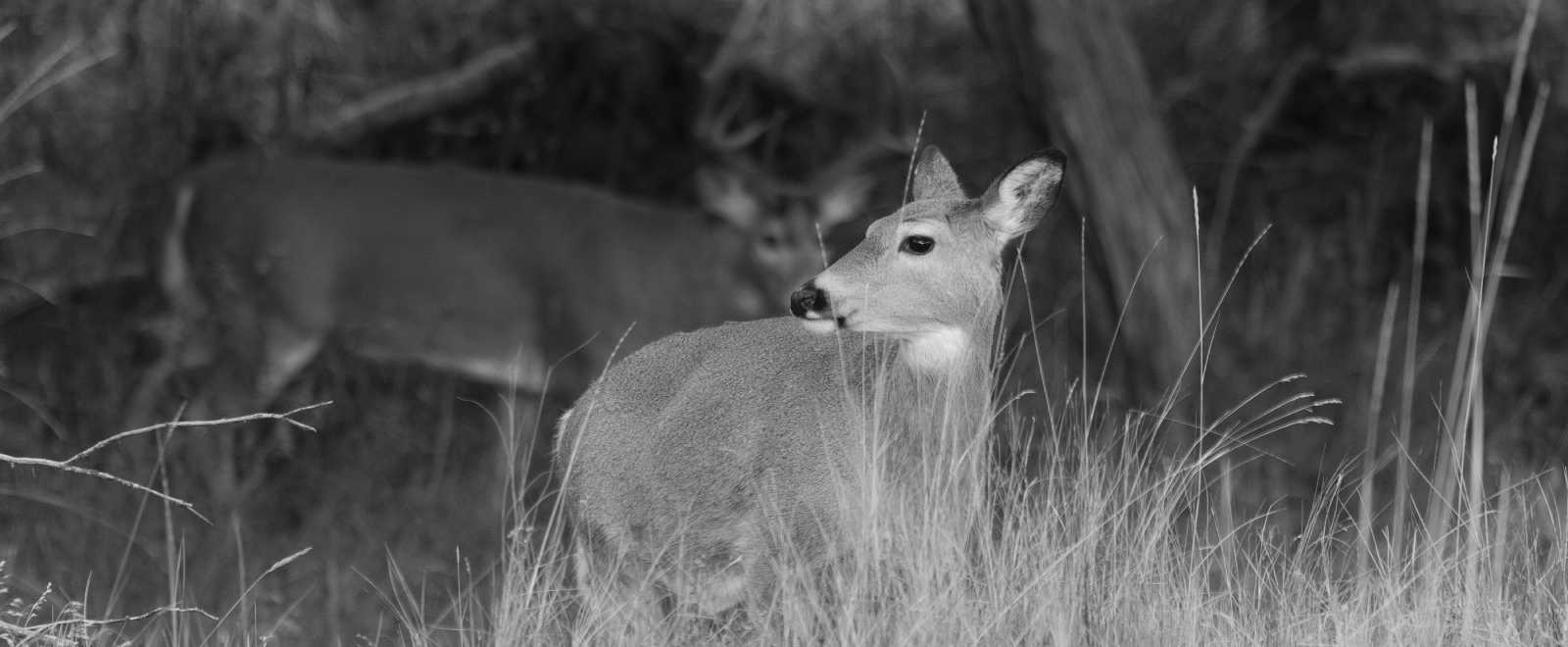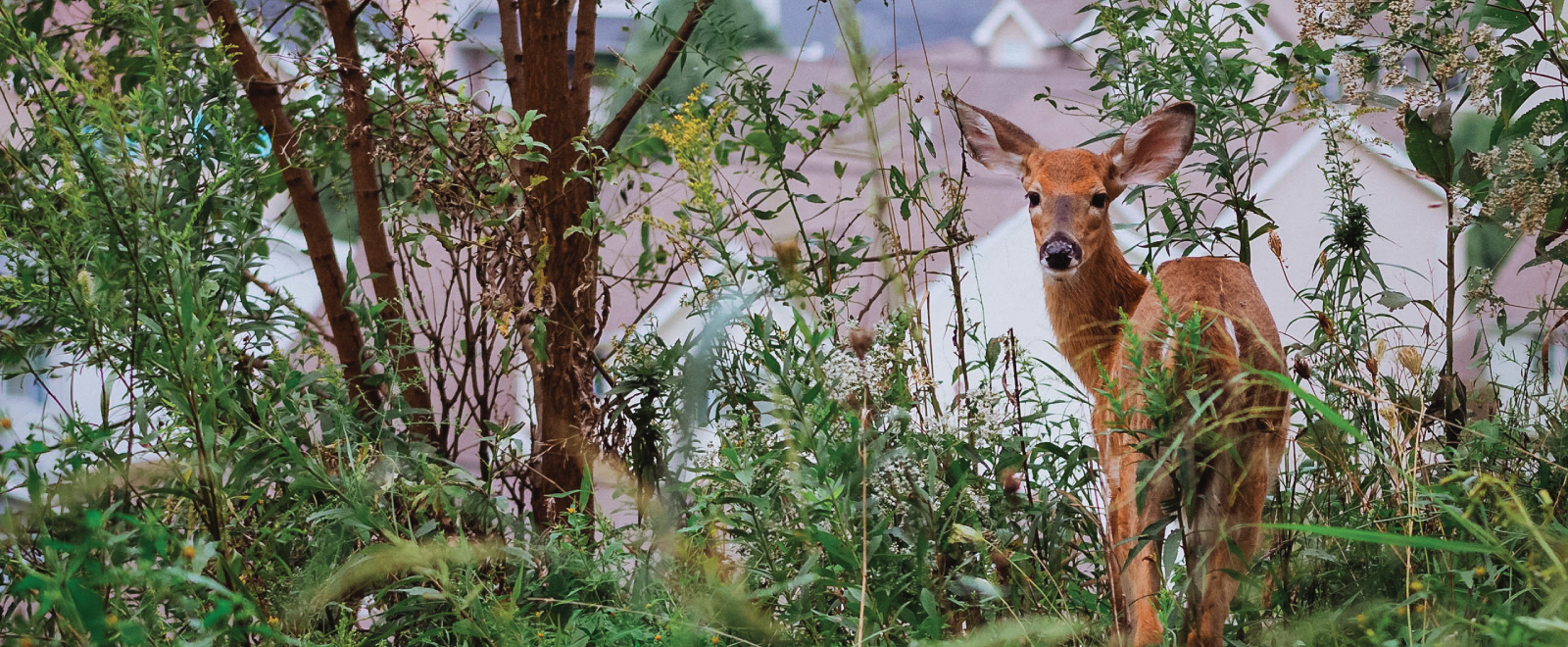Home » News » The Lockdown – Understanding the Breeding Rituals of Whitetails
The Lockdown – Understanding the Breeding Rituals of Whitetails

A.J. DeRosa founded Project Upland in 2014 as an excuse…
Explore the idea of the lockdown in rutting behavior for whitetail deer and how ti use it to your advantage.
This text original appeared in the original Urban Deer Complex in 2014 and then again in the Urban Deer Complex 2.0 in 2018.
For hunters, the lockdown is one of the most unproductive times of deer season. For a few it can be one of the luckiest times, but unfortunately, far less than we hope. Lockdown is when a doe becomes submissive to a buck and allows him to become her breeding partner. Although this description does little justice to the real science behind it, a simplistic view of this behavior will save many of us from ripping our hair out over hunting bucks during the lockdown phase.
The lockdown effectively stops the “chase” that so many of us hope and dream for. When a buck and doe begin lockdown, they will often do so in a small area. They will not travel much and will remain close to a feeding area. Their primary focus for several days will be just to breed.
The chase concluding in a lockdown can often end in unusual locations showing no rhyme nor reason concerning what is normally ideal to deer. This is one more testament to how truly unpredictable the rut can be. Backyards, tiny patches of woods and even highway medians often find themselves the setting for these lockdowns.
For the rare and lucky hunter that happens to have an area where two deer decide to do this near their setup, consider yourself very lucky. More than one opportunity may present itself with the same deer before the lockdown ends. To the frustration of many hunters, when the lockdown ends they may never see the buck again; the location is more often than not a subpar environment for a good core area.
It’s not uncommon to have random mature whitetails show up on your cameras for a few days during the rut but never return. This is often part of the intrigue many hunters have with this time of the year—a chance at deer that do not normally travel their areas. Additionally, you may see higher deer movement in general. The most difficult part of this time of year is the lack of patterns or habitual behavior by whitetails in general. Here today, gone tomorrow.
We stress the importance that if the rut is on or is about to start, you should use all available resources to hunt a mature buck that shows up on your camera. Call in sick, get in the woods. More likely than not you may only have a 72–hour window before it suddenly disappears.
For more get your copy of the Urban Deer Complex 2.0.
A.J. DeRosa founded Project Upland in 2014 as an excuse to go hunting more often (and it worked). A New England native, he grew up hunting and has spent over 30 years in pursuit of big and small game species across three continents. He started collecting guns on his 18th birthday and eventually found his passion for side-by-side shotguns, inspiring him to travel the world to meet the people and places from which they come. Looking to turn his passion into inspiration for others, AJ was first published in 2004 and went on to write his first book The Urban Deer Complex in 2014. He soon discovered a love for filmmaking, particularly the challenge of capturing ruffed grouse with a camera, which led to the award-winning Project Upland film series. AJ's love for all things wild has caused him to advocate on the federal and state levels to promote and expand conservation policy, habitat funding, and upland game bird awareness. He currently serves as the Strafford County New Hampshire Fish & Game Commissioner in order to give back to his community and to further the mission of the agency. When those hunting excuses are in play, you can find him wandering behind his Wirehaired Pointing Griffon in the mountains of New England and anywhere else the birds take them.



